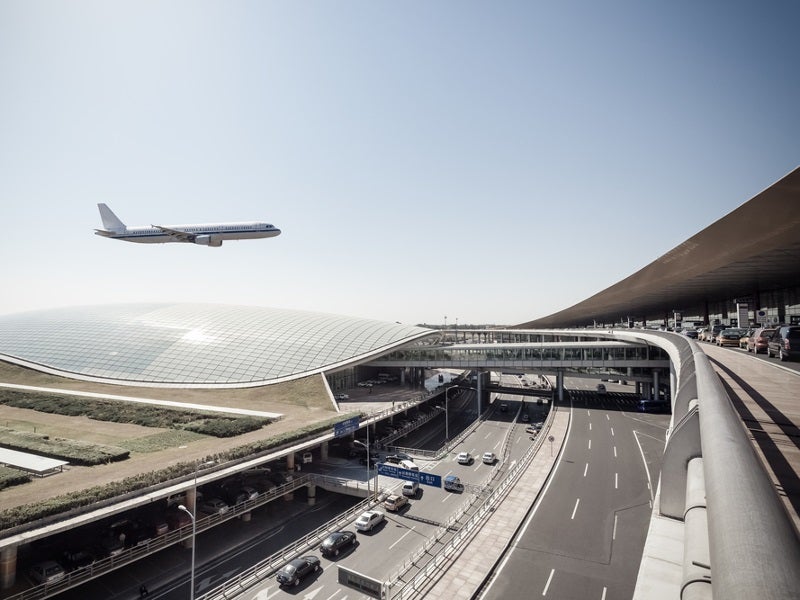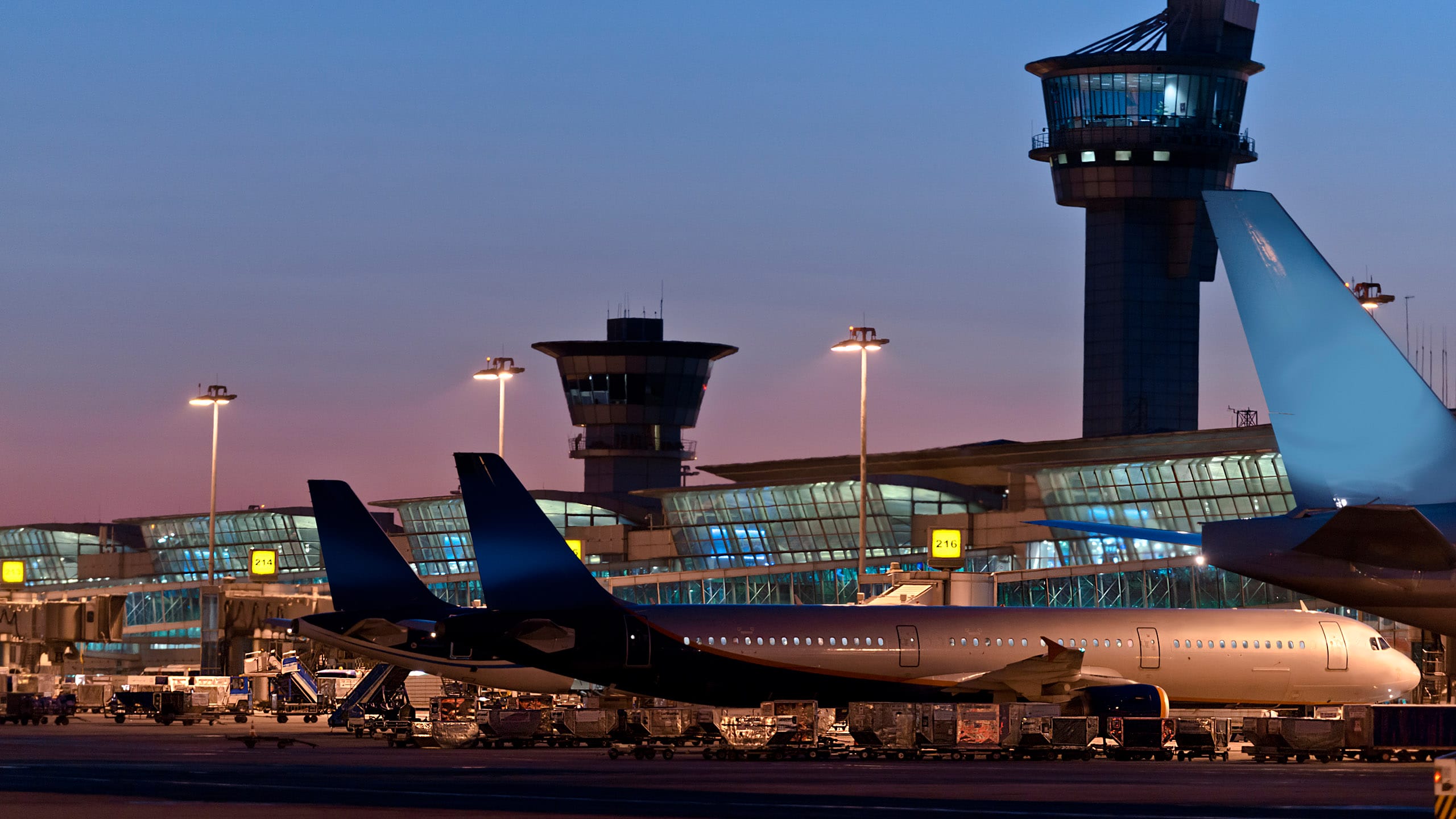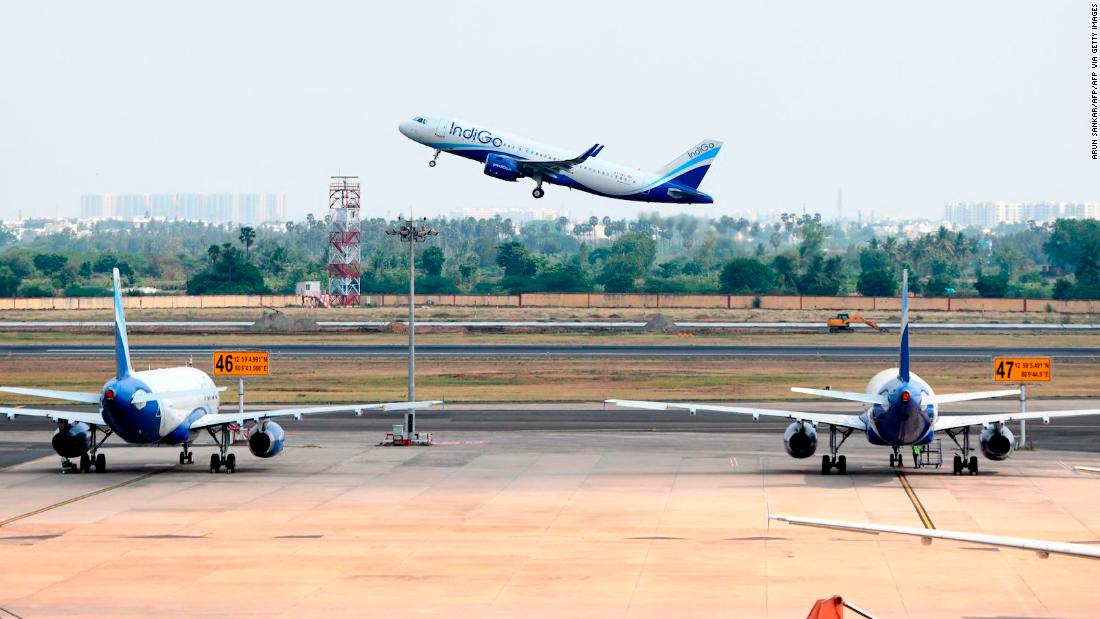The 8-Minute Rule for Wayne County Airport Authority - Detroit
Areas need to be kept aside for assessment of export and import freight by the airport authorities. Designated areas or sheds may be offered to airline companies or freight forward ring companies. Every cargo terminal has a landside and an airside. The landside is where the exporters and importers through either their agents or on their own provide or collect shipments while the airside is where loads are moved to or from the aircraft.
 airports near me
airports near me
Airports need parking area, for travelers who may leave the cars at the airport for an extended period of time. Large airports will likewise have car-rental companies, taxi ranks, bus stops and in some cases a train station. Lots of large airports are situated near train trunk paths for seamless connection of multimodal transport, for instance Frankfurt Airport, Amsterdam Airport Schiphol, London Heathrow Airport, Tokyo Haneda Airport, Tokyo Narita Airport, London Gatwick Airport and London Stansted Airport.
 airports near me
airports near me
Some examples of this would consist of the AirTrain JFK at John F. Kennedy International Airport in New York, Link Light Rail that runs from the heart of downtown Seattle to SeattleTacoma International Airport, and the Silver Line T at Boston's Logan International Airport by the Massachusetts Bay Transport Authority (MBTA).
Airports Near Me, Nearest Airport, Us, Search Fundamentals Explained
Large airports normally have access likewise through controlled-access highways (' freeways' or 'motorways') from which automobile get in either the departure loop or the arrival loop. The distances guests need to move within a large airport can be substantial. It prevails for airports to provide moving pathways, buses, and rail transport systems.
Airports with more than one terminal have a transit system to connect the terminals together, such as John F. Kennedy International Airport, Mexico City International Airport and London Gatwick Airport. The apron from the leading flooring observation room, Halifax International Airport, Canada There are 3 kinds of surface area that airplane run on: Runways, for launch and landing Taxiways, where planes "taxi" (transfer to and from a runway) Apron or ramp: a surface where aircrafts are parked, packed, unloaded or refuelled.
At the largest airports, air traffic control is a series of extremely complex operations that needs handling frequent traffic that moves in all three measurements. A "towered" or "managed" airport has a control tower where the air traffic controllers are based. Pilots are required to keep two-way radio interaction with the controllers, and to acknowledge and abide by their guidelines.
An Unbiased View of Jfk - John F. Kennedy International Airport
The CTAF might Look at more info be a Universal Integrated Community (UNICOM), MULTICOM, Flight Filling Station (FSS), or tower frequency. Most of the world's airports are small facilities without a tower. Not all towered airports have 24/7 ATC operations. In those cases, non-towered procedures use when the tower is not in usage, such as in the evening.
 near airports
near airports
Remote and virtual tower (RVT) is a system in which ATC is handled by controllers who are not present at the airport itself. Air traffic control service duties at airports are generally divided into a minimum of 2 primary locations: ground and tower, though a single controller may work both stations. The busiest airports may partition duties even more, with clearance shipment, apron control, and/or other specialized ATC stations.
This consists of planes, luggage trains, snowplows, turf cutters, fuel trucks, stair trucks, airline food trucks, conveyor belt cars and other automobiles. Ground Control will instruct these automobiles on which taxiways to use, which runway they will utilize (when it comes to planes), where they will park, and when it is safe to cross runways.
Indicators on Coronavirus (Covid-19) Information - Transportation Security ... You Need To Know
Conversely, after a plane has actually landed it will leave the runway and be "handed over" from Tower to Ground Control. Tower control is accountable for aircraft on the runway and in the regulated airspace immediately surrounding the airport. Tower controllers may use radar to locate an aircraft's position in 3D space, or they might depend on pilot position reports and visual observation.
Aircraft which are just passing through the airspace needs to also get in touch with tower control to be sure they remain clear of other traffic. At all airports using a traffic pattern (frequently called a traffic circuit outside the United States) is possible. They might assist to assure smooth traffic circulation in between departing and showing up aircraft.
And due to the so-called SLOT-times, the general traffic planning tend to guarantee landing queues are prevented. If for instance an airplane approaches runway 17 (which has a heading of approx. 170 degrees) from the north (coming from 360/0 degrees heading towards 180 degrees), the airplane will land as quick as possible by simply turning 10 degrees and follow the glidepath, without orbit the runway for visual reasons, whenever this is possible.